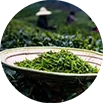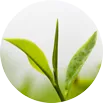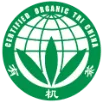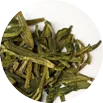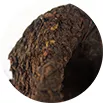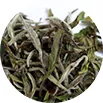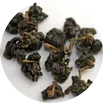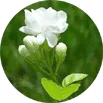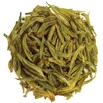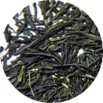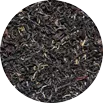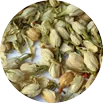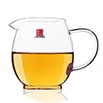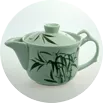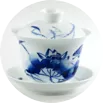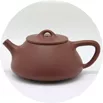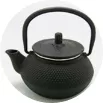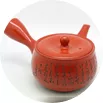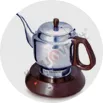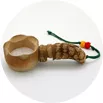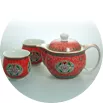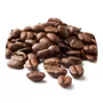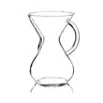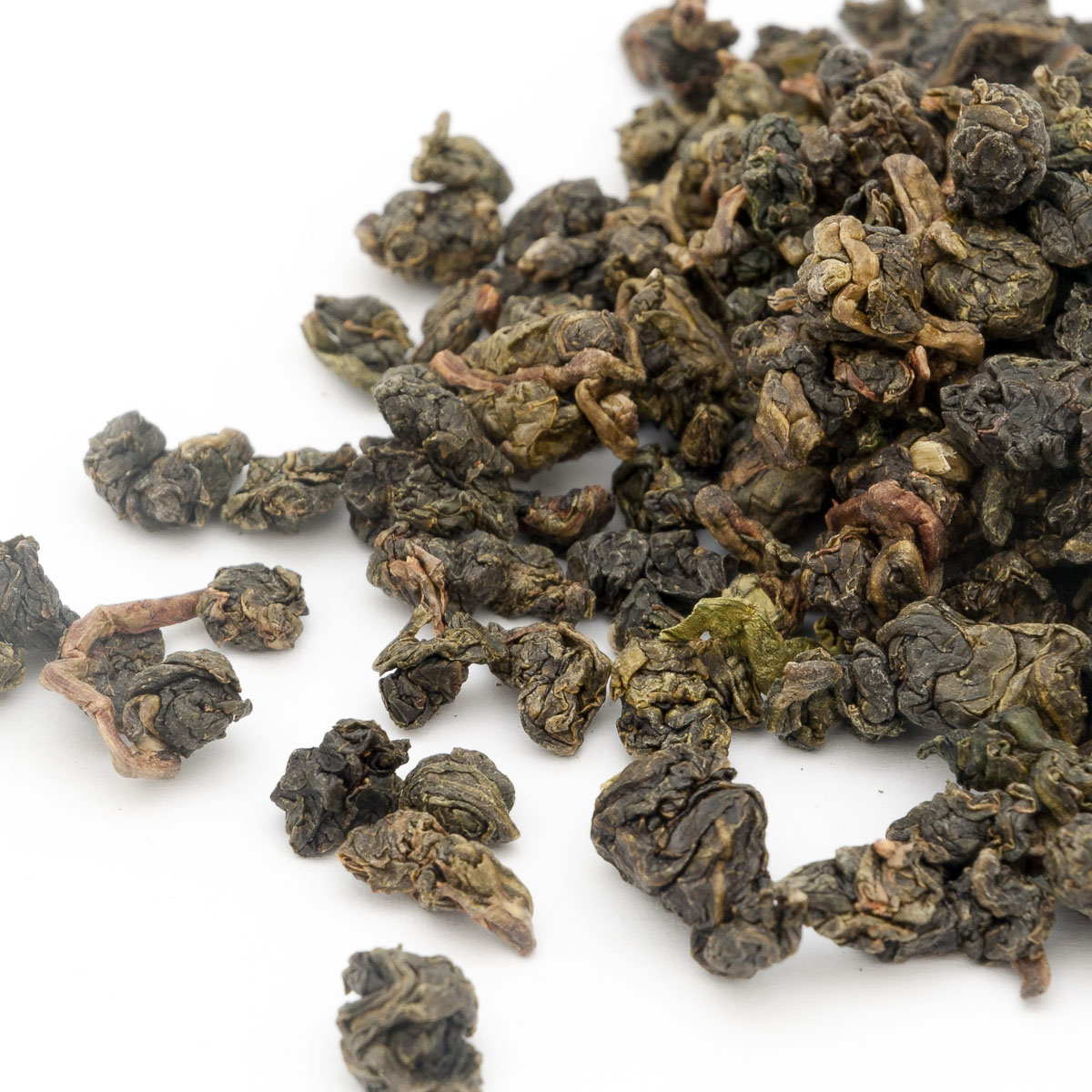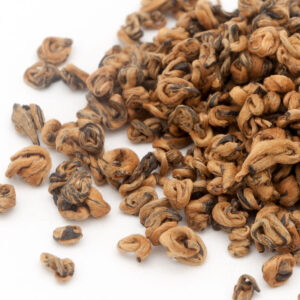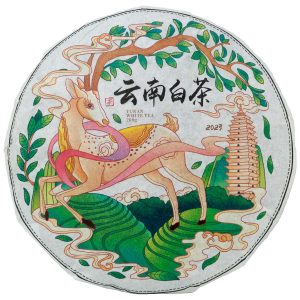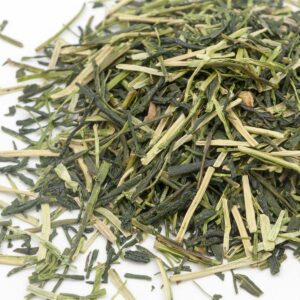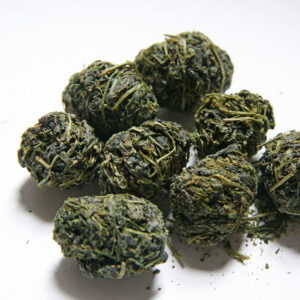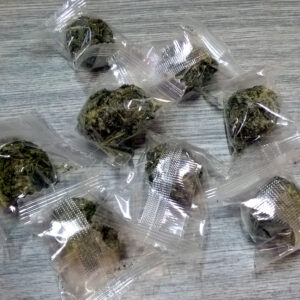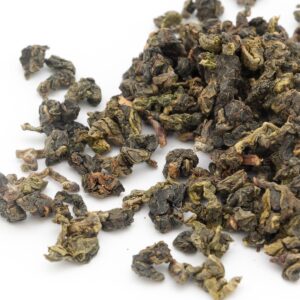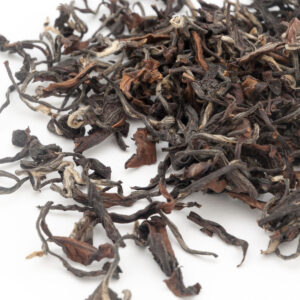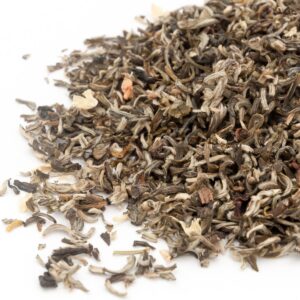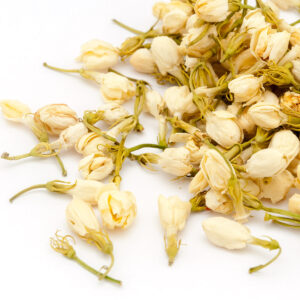The tea is also known as #12 or as “Milk Oolong” (Nai Xiang). It originates from Taiwan. The taste is light, creamy, and flowery and sometimes compared to milk. This tea variety can be grown at higher altitudes, and the yield is about 20% higher compared to traditional tea varieties. These circumstances made it one of the most popular varieties among tea farmers in Taiwan.
While genuine Jin Xuan naturally tastes milky, some producers produce artificial Jin Xuan through additives.
Jin Xuan Nai Xiang
€12,47
“Golden flower with a milky scent” – tea of bright yellow and pure infusion color (Western tea testers refer to it as ‘amber’), the aroma is caramel-milk, yet tea-fresh.
The taste is soft, warm and pleasant with a ‘memory of milk’ – one that gives the impression of sweet condensed milk and childhood memories.
| Weight | N/A |
|---|---|
| Původ | |
| Místo/zahrada | |
| Sběr/rok výroby | |
| Charakter | |
| Weight |
Related products
Kukicha
Five-leaved ginseng (Jiao gu lan)
Ceratophyllum or Gynostemma is a climbing plant from the pumpkin family, which originated in southern China. Low temperature resistance to -15°C. In winter, the above-ground part disappears, but reappears in spring. It can also be planted in pots. This plant is sometimes called five-leaf ginseng or southern ginseng; it has nothing to do with real ginseng (Panax ginseng).
Da Hong Pao Ji Pin
Dong Ding Special
Guangxi Dong Fang Mei Ren
Hua Cha Yin Luo
Jasmine flower (mo li hua)
Dried jasmine flower (moli-hua), Jasminum Sambac. It comes from China, from where it spread further to Arabia and Persia and from there to Europe. It is an evergreen climbing plant or shrub, which grows to a height of 0.5-3 m. According to Chinese medicine, it improves eyesight and promotes smooth menstruation.


